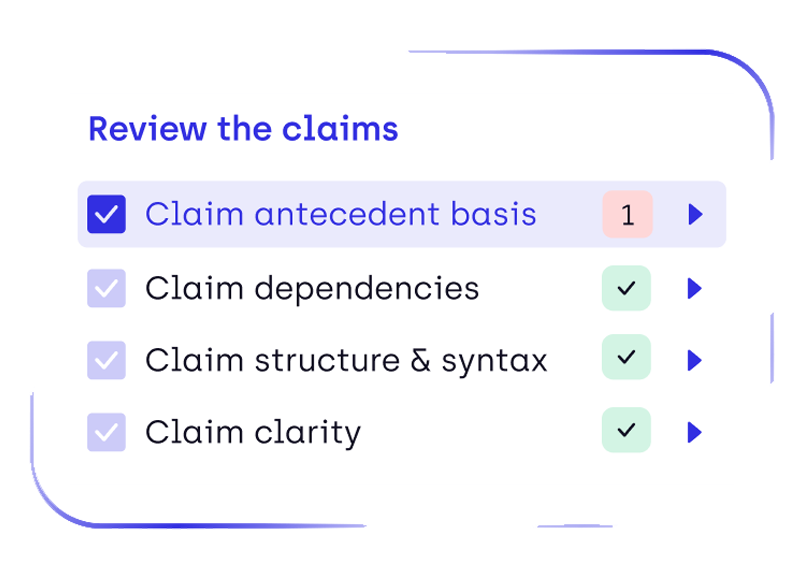On April 11, the U.S. Patent and Trademark Office (USPTO) issued a notice in the Federal Register clarifying the responsibilities of patent attorneys and agents who are using artificial intelligence (AI) tools to aid in their patent prosecution practice. The new guidance not only confirms that patent practitioners are capable of using generative AI tools within the agency’s code of conduct, but it provides helpful examples detailing how attorneys can use these systems while complying with ethical guidelines.
Clarification of USPTO's Position on AI Use in Patent Practice
As the USPTO’s recent notice points out, the United States’ patent granting agency has itself been incorporating AI-powered features into online tools provided by the agency to its stakeholders. In the past few years, patent examiners at the USPTO have begun using AI tools to search prior art references through the Patents End-to-End (PE2E) search tool that are similar to inventions claimed by the patent applications they have been assigned. Thanks to its own experience with these tools, the USPTO recognizes that generative AI systems are capable of lowering the costs of practicing at the agency while also improving the quality of service that patent practitioners are able to provide for their clients.
There are several USPTO rules and policies impacted by the use of AI tools that apply to all practitioners representing patent owners and applicants at the agency:
- Duty of Candor and Good Faith: Patent attorneys have the duty to disclose all information that might be material to patentability as well as any conduct that could constitute bad faith or intentional misconduct.
- Signature Requirement and Corresponding Certifications: Patent practitioners must sign correspondence filed at the USPTO, certifying that all statements made are true with the knowledge that willful misstatements may jeopardize the filing’s value.
- Confidentiality of Information: Patent practitioners at the USPTO are required to maintain the confidentiality of client communications and may not disclose information that would be detrimental to their clients.
- Foreign Filing Licenses and Export Regulations: Practitioners exporting technical data from their U.S. patent applications must do so for the limited purpose of meeting foreign filing requirements and not to prepare other patent applications for filing at the USPTO.
- USPTO Electronic Systems’ Policies: Patent attorneys and agents may not exceed their authorized levels of access when interfacing with the USPTO’s various electronic filing and correspondence systems.
- Duties Owed to Clients: The duty of providing competent and diligent representation to clients requires that patent attorneys possess the requisite legal, scientific and technical knowledge, and that they reasonably consult with clients about the means by which objectives are accomplished.
Putting the USPTO’s Guidance on AI Tools into Daily Practice With DeepIP’s AI Patent Assistant
The USPTO’s recent notice outlines several steps that patent attorneys and agents using DeepIP can take to satisfy their ethical obligations under the agency’s code of conduct. Parties responsible for certifying the truth of statements made must review the contents of AI-generated correspondence to correct any inaccuracies in the evidence raised in support of patentability or other arguments. When responding to office actions, document review must also ensure that arguments raised in patent or trademark correspondence are based on existing case law while removing any frivolous points. Importantly, while practitioners are responsible for reviewing AI-generated correspondence before filing, there is no general duty on practitioners to disclose their use of AI tools used to draft documents filed at the office.
Attorney review of patent claims and specifications are critical to ensuring that the AI-generated output is limited to the invention disclosure used to prompt the generative AI system. The USPTO’s expanded AI tool guidance notes that any claim limitations or embodiments of the invention that are created by the AI system instead of the inventor are material to patentability under current human inventorship rules. As a result, proper document review by patent attorneys is necessary to identify any claims that must be modified to be presented in a patentable form.
The Importance of Responsible AI Use in Legal Submissions
While generative AI systems can quickly produce correspondence that is useful for patent prosecution once reviewed and modified, patent attorneys must also be reasonable in the amount of correspondence they submit to the USPTO. For example, attorney signatures on information disclosure statements (IDS) certify that the prior art references contained within the IDS are not clearly irrelevant or only marginally pertinent to the associated patent application. The inclusion of such material in an IDS poses a significant burden on USPTO resources, so eliminating unnecessary references and other material is critical to the successful use of generative AI tools.
When seeking an artificial intelligence solution in any industry, you should only trust your business interests with a company demonstrating a thorough understanding of that industry’s rules and obligations. The team of technologists behind the AI Patent Assistant at DeepIP believe that the USPTO’s recent clarification of its rules and policies in the AI context is a strong step toward enabling the ethical use of these systems, unlocking tremendous productivity gains during patent prosecution for attorneys and agents alike.




.png)




